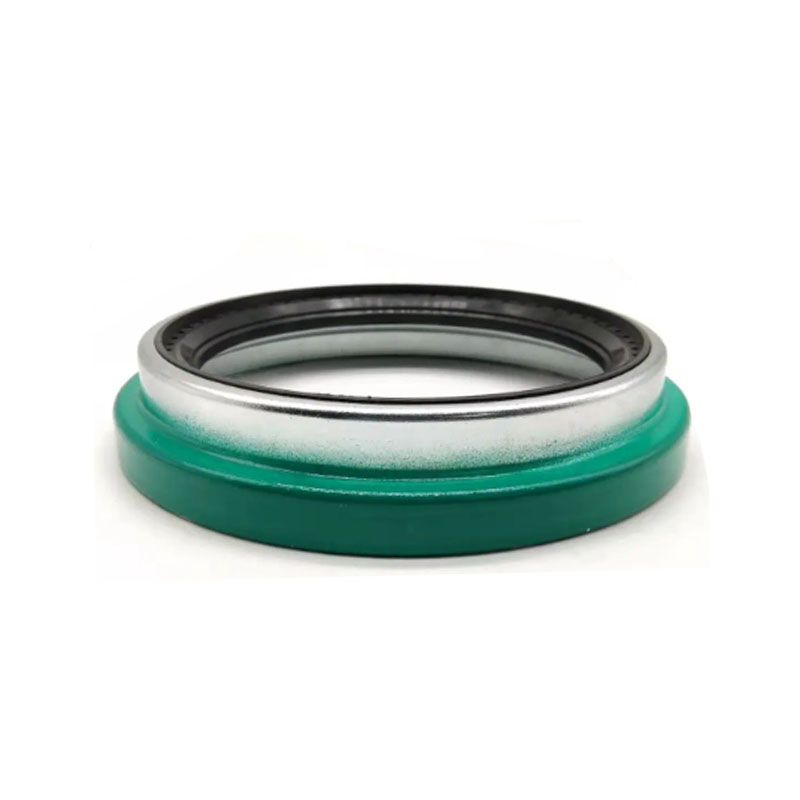Innovative Solutions for Marine Strut Bearing Applications and Performance Enhancements
Understanding Marine Strut Bearings Essential Components for Marine Propulsion Systems
Marine strut bearings are critical components in the maritime industry, playing a vital role in the smooth operation of marine propulsion systems. These components support the propeller shaft, allowing it to rotate freely while minimizing friction and wear. This article explores the significance of marine strut bearings, their types, materials, installation considerations, and maintenance practices.
Importance of Marine Strut Bearings
Strut bearings are instrumental in the functioning of a vessel’s propulsion system. By providing support for the propeller shaft, they ensure that the shaft remains aligned and stable during operation. This alignment is crucial not only for the performance of the propellers but also for the overall efficiency of the vessel. Without proper functioning strut bearings, excessive vibrations and misalignment can lead to significant mechanical issues, including increased wear on the shaft and potential failure of propulsion systems.
Types of Marine Strut Bearings
There are several types of marine strut bearings, each designed for specific applications and operational conditions. The most common types include
1. Rubber Bearings These bearings are favored for their excellent shock absorption capabilities. They are flexible and can accommodate slight misalignments, making them ideal for smaller vessels or those operating in rough seas.
2. Bronze Bearings Known for their durability and resistance to corrosion, bronze bearings are frequently used in larger vessels. They can withstand high loads and are appropriate for high-speed operations, although they require proper lubrication to prevent excessive wear.
3. Composite Bearings Made from a combination of materials, composite bearings are becoming increasingly popular due to their lightweight nature and excellent wear resistance. They can operate effectively in both freshwater and seawater environments, reducing maintenance needs and downtime.
marine strut bearing

Materials Used in Marine Strut Bearings
The selection of materials for marine strut bearings is crucial for their overall performance and longevity. Materials are often chosen based on factors such as load-bearing capacity, resistance to corrosion, and environmental conditions. Common materials include
- Nylon and Polyurethane These plastics offer self-lubricating properties, reducing friction and wear. They are suitable for applications where low maintenance is a priority. - Graphite Often used in composite bearings, graphite provides excellent lubrication properties and can operate under high temperatures and pressures, making it suitable for demanding marine environments.
- Stainless Steel While not typically used as the primary material, stainless steel is often employed in bearing inserts to improve strength and corrosion resistance.
Installation Considerations
Proper installation of marine strut bearings is critical to their performance. Key factors to consider include alignment, lubrication, and bearing clearance. An improperly aligned bearing can lead to uneven wear and premature failure. Therefore, technicians must ensure precise alignment during installation. Additionally, adequate lubrication is essential for minimizing friction; bearings should be lubricated according to the manufacturer's recommendations.
Maintenance Practices
Routine maintenance of marine strut bearings is vital for extending their lifespan and ensuring optimal performance. This includes regular inspections for signs of wear, checking alignment, and ensuring that lubrication systems are functioning correctly. Vessels operating in harsh environments may require more frequent checks to address potential wear and corrosion issues.
In conclusion, marine strut bearings are fundamental components in the maritime industry, significantly impacting the efficiency and reliability of propulsion systems. Understanding the types, materials, and maintenance requirements of these bearings is essential for vessel operators and marine engineers. By ensuring proper installation and maintenance, marine professionals can enhance vessel performance, reduce operational costs, and extend the lifespan of critical components. As technology evolves, the continued development of advanced bearing materials and designs will further improve the reliability and efficiency of marine propulsion systems.
-
Simplifying Oil Changes: A Comprehensive Guide to Oil Drain Plugs and Their Variants
News Aug.04,2025
-
Mastering Oil Drain Maintenance: Solutions for Stripped, Worn, and Upgraded Oil Plugs
News Aug.04,2025
-
Fixing Oil Pan Plug Issues: Leaks, Stripped Nuts, and the Right Replacement Solutions
News Aug.04,2025
-
Everything You Need to Know About Oil Drain Plugs: Sizes, Fixes, and Upgrades
News Aug.04,2025
-
Choosing the Right Oil Drain Plug: A Guide to Sizes, Materials, and Drain Innovations
News Aug.04,2025
-
A Complete Guide to Automotive Drain Plugs: Types, Problems, and Innovative Solutions
News Aug.04,2025
-
The Ultimate Guide to Car Repair Kits: Tools and Essentials Every Driver Should Own
News Aug.01,2025
Products categories















